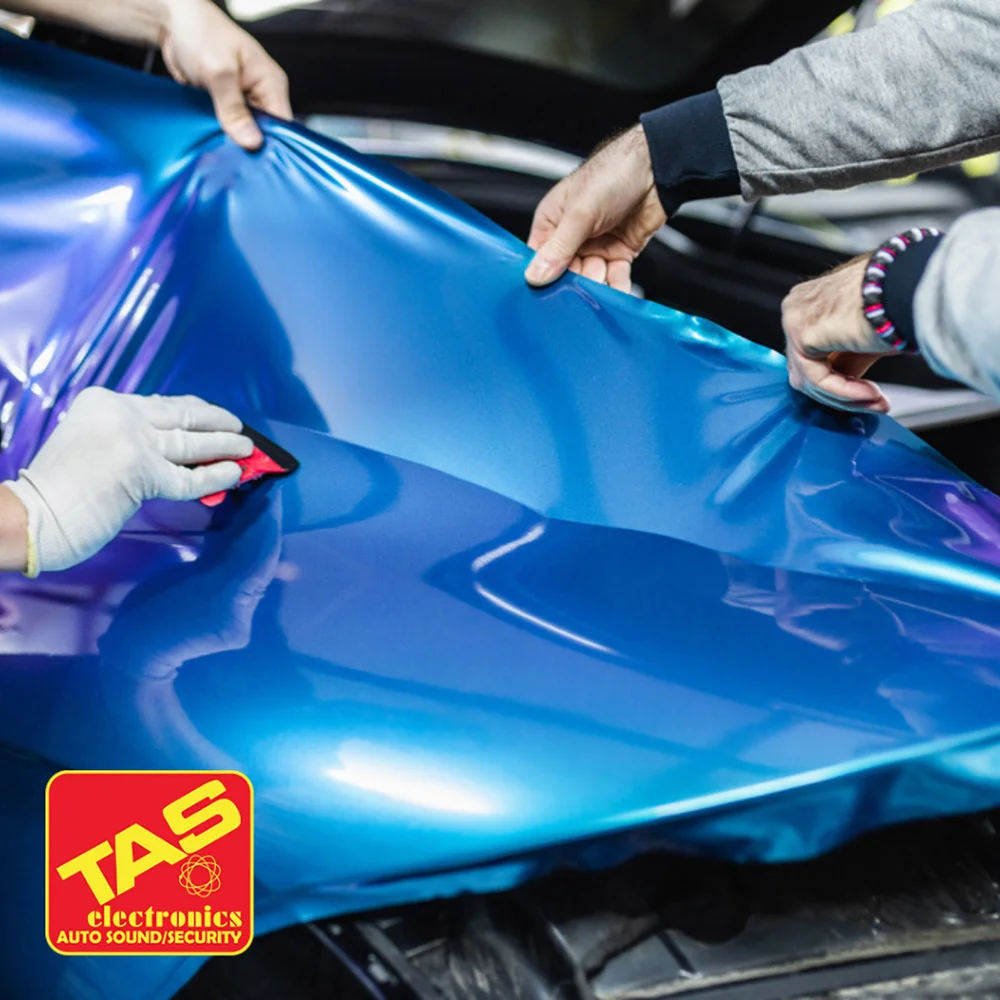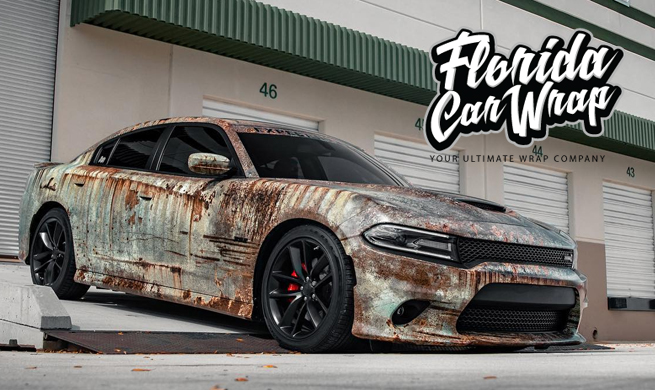Cost-Effective and Long-Lasting Tint Pros Vinyl Wraps for Individual and Commercial Use
Cost-Effective and Long-Lasting Tint Pros Vinyl Wraps for Individual and Commercial Use
Blog Article
The Ultimate Overview to Picking the Right Vinyl Covers for Your Task
Selecting the appropriate plastic wrap for your task calls for a nuanced understanding of various elements that impact both aesthetic appeals and performance. From identifying in between cast and calendared vinyl to evaluating the implications of various surfaces, each choice brings weight in the general result. Furthermore, the importance of installation techniques can not be neglected, as correct application is essential for accomplishing longevity and visual allure - Tint Pros Vinyl Wraps. As you navigate these factors to consider, it comes to be clear that the path to a successful plastic cover job is layered with crucial choices that warrant further expedition.

Sorts Of Plastic Covers
When selecting plastic covers, recognizing the various kinds readily available is necessary. Plastic wraps can be broadly classified into two major types: cast vinyl and calendared vinyl.
On the other hand, calendared vinyl is manufactured by a process that entails rolling and stretching vinyl sheets. This type is generally thicker and much less costly than cast vinyl, making it suitable for short-term applications and flat surface areas. While calendared vinyl offers a cost-effective solution, it might not carry out also on complex styles or in severe weather.
In addition, specialized plastic wraps are offered, consisting of metal, matte, and textured finishes, which can enhance looks while supplying unique characteristics. Understanding these sorts of vinyl wraps will certainly enable you to make informed choices based on your job demands, ensuring optimum lead to both look and durability.
Picking the Right Finish
Selecting the suitable finish for your vinyl wrap is a vital variable that can considerably impact the general aesthetic and functionality of your project. Plastic covers been available in a range of finishes, each offering distinctive visual effects and efficiency characteristics. One of the most typical surfaces include gloss, matte, satin, and distinctive options.
A gloss coating provides a high-shine surface that improves color vibrancy and depth, making it excellent for eye-catching styles. Nevertheless, gloss finishes may be more prone to finger prints and scratches. On the other hand, a matte surface supplies a controlled and advanced appearance, lessening glare and imperfections. This surface is usually preferred for a more underrated appearance yet can be much less resistant to dirt and discolorations.
Satin finishes strike an equilibrium between gloss and matte, supplying a soft shine that adds style without frustrating the style. Textured coatings, such as cleaned metal or carbon fiber, can include an one-of-a-kind responsive element, enhancing the visual charm of your task.
Eventually, your option of surface need to straighten with the wanted aesthetic and the setting where the cover will be used. Consider longevity, maintenance, and the particular application to make certain optimum results.
Setup Methods
Exactly how can you ensure a flawless application of plastic covers? The vital depend on meticulous preparation and method. Begin by cleaning up the surface area completely to get rid of dirt, grease, and wax, Visit Your URL as any deposit can compromise adhesion. A tidy, smooth surface area is vital for ideal outcomes.
Next, gather essential devices such as a warm weapon, squeegee, and energy knife. These devices will assist in applying the vinyl smoothly and cutting excess product. When applying the wrap, operate in areas, beginning with one side and carefully spreading out the vinyl while utilizing the squeegee to eliminate air bubbles.
Heat can be beneficial in click for more this procedure; it makes the vinyl a lot more flexible, allowing it to comply with contours and curves conveniently. Workout perseverance and stay clear of hurrying, as this can cause misalignment or bubbles. In cases of tough areas, such as around handles or edges, think about making use of a technique called "tack and stretch" to create a seamless fit.

Maintenance Tips
To keep the integrity and appearance of plastic covers, normal treatment is important. Start by washing the covered surface with a gentle soap option and a soft sponge or microfiber towel. Stay clear of harsh chemicals, as they can damage the vinyl. Tint Pros Vinyl Wraps. It's finest to wash your cover every 2 weeks to remove dust, crud, and impurities that can create the cover to lose its gloss.
Dry the surface extensively after washing, as water areas can become permanent if left to dry normally. For included protection, take into consideration applying a specialized vinyl cover sealer, which can assist keep the shade and stop fading from UV direct exposure.
In addition, stay clear of car parking in direct sunshine for prolonged periods, as prolonged exposure can bring about staining and degradation of the wrap. Preferably, utilize an auto cover or park in shaded areas.
Frequently inspect the cover for any kind of signs of lifting or damage. Address them immediately to avoid more damage if you notice any kind of issues. Complying with these upkeep suggestions will ensure that your plastic wrap stays dynamic and prolongs its lifespan, inevitably improving the appearances of your job.

Common Mistakes to Avoid
When it comes to vinyl covers, staying clear of typical challenges can significantly impact both the application procedure and the long life of the article cover. One regular mistake is neglecting surface area preparation. Appropriate cleaning and priming are important to guarantee that the vinyl sticks successfully. Any dust, oil, or old adhesive can result in premature lifting or bubbling.
One more typical mistake is choosing the wrong kind of plastic for the particular application. Different tasks need various materials; for example, a vehicle wrap need to use cast vinyl for longevity, while a momentary indication might be effectively offered by calendared vinyl.
Poor warmth application throughout installation can likewise cause problems such as wrinkles and improper adherence. Using a heat weapon at the correct temperature level is vital for collaborating with the vinyl, especially in difficult locations like edges or contours.
Last but not least, ignoring post-installation care can reduce the lifespan of the wrap. Failing to follow maintenance standards, such as avoiding rough chemicals or rough cleaning devices, can result in damages. By steering clear of these mistakes, you can improve the efficiency and aesthetic allure of your vinyl wrap job.
Final Thought
Finally, choosing the suitable vinyl cover demands mindful consideration of numerous aspects, including the sort of vinyl, coating alternatives, and installment methods. Proper prep work and adherence to ideal techniques are essential for achieving optimal results and making sure the longevity of the wrap. By preventing typical risks and making informed decisions, people can efficiently enhance the visual appeal and durability of their tasks via the critical use plastic wraps.
Plastic covers can be broadly classified into two major kinds: cast plastic and calendared plastic.On the various other hand, calendared plastic is manufactured by a process that involves rolling and stretching vinyl sheets.Choosing the proper coating for your plastic wrap is a key factor that can significantly influence the total aesthetic and performance of your project.When it comes to plastic covers, staying clear of typical mistakes can dramatically affect both the application process and the durability of the cover.In conclusion, picking the appropriate vinyl cover demands careful factor to consider of different elements, including the type of plastic, coating choices, and installation strategies.
Report this page